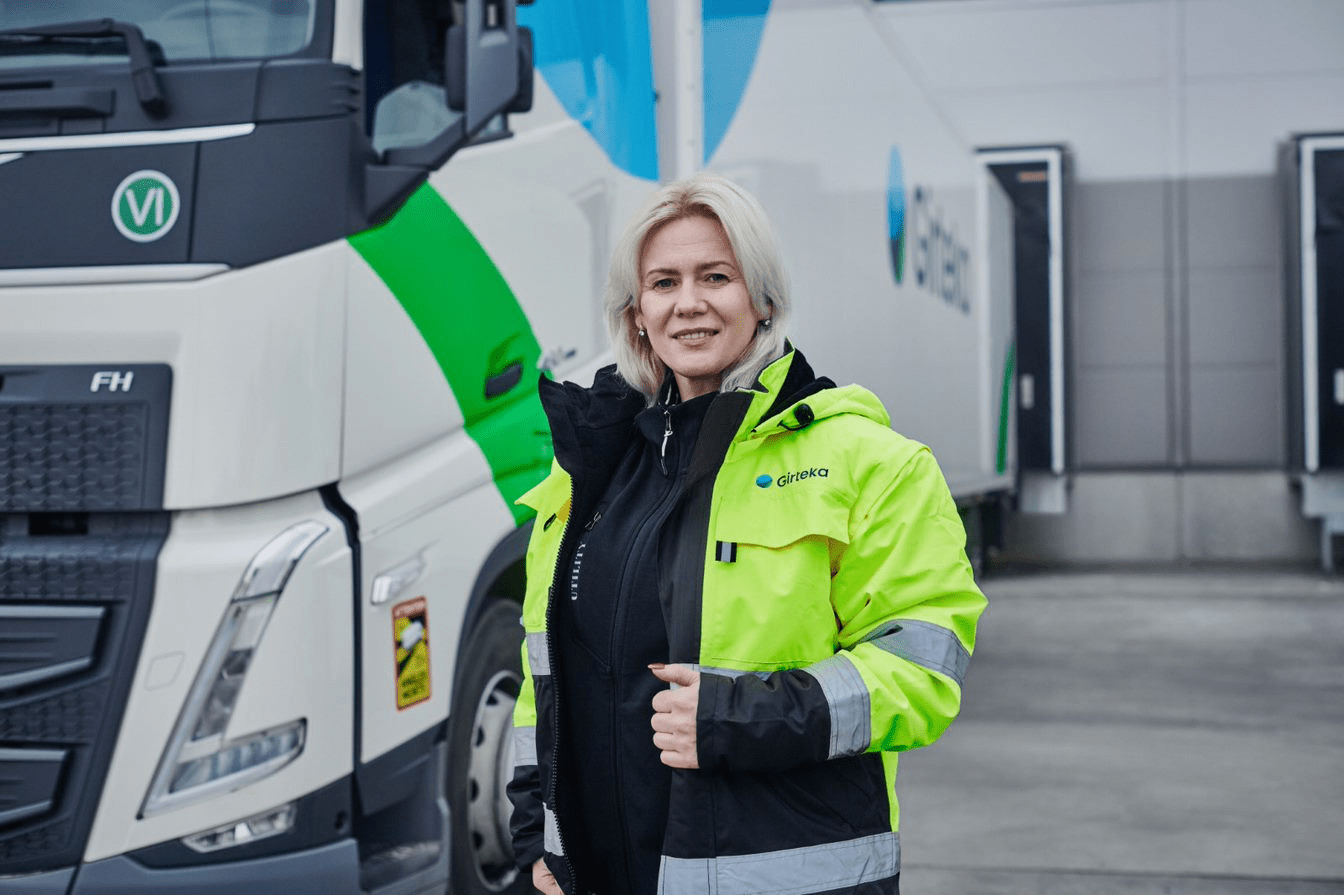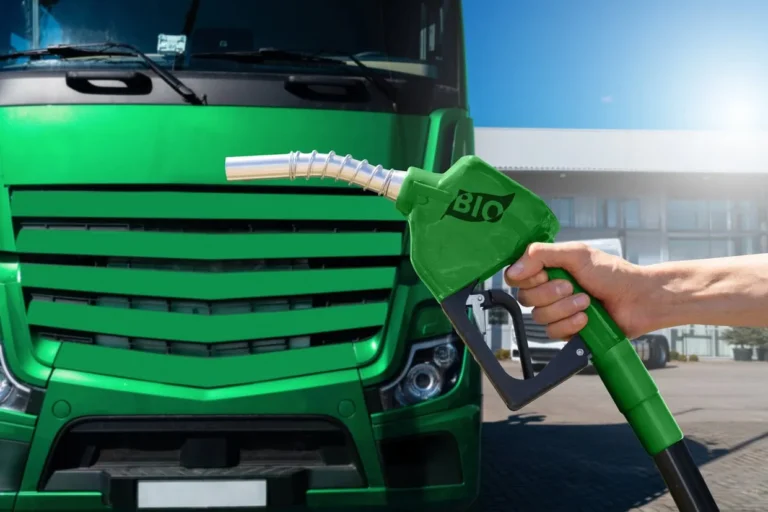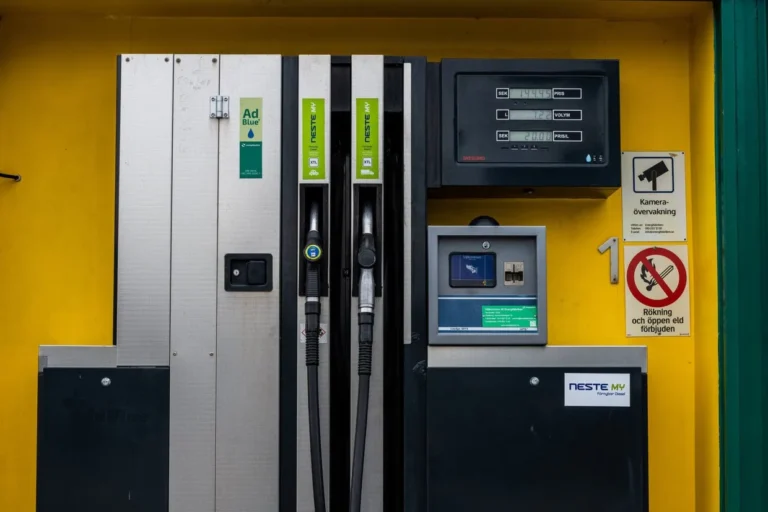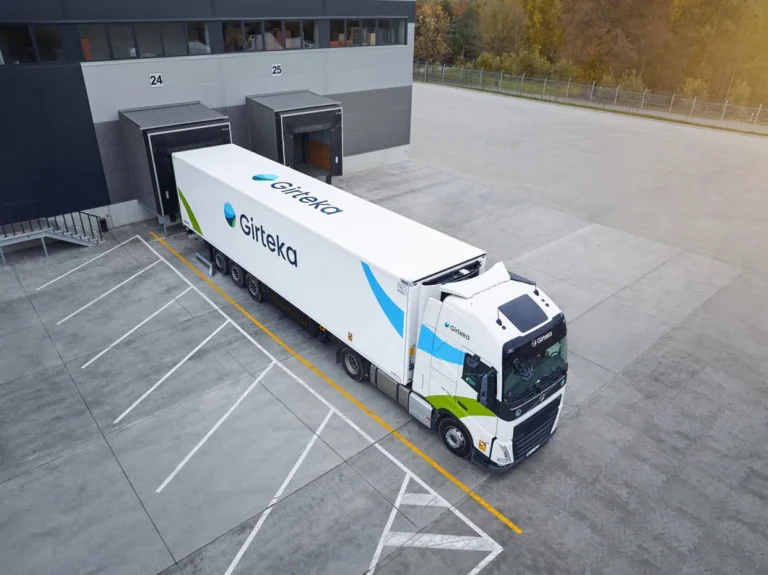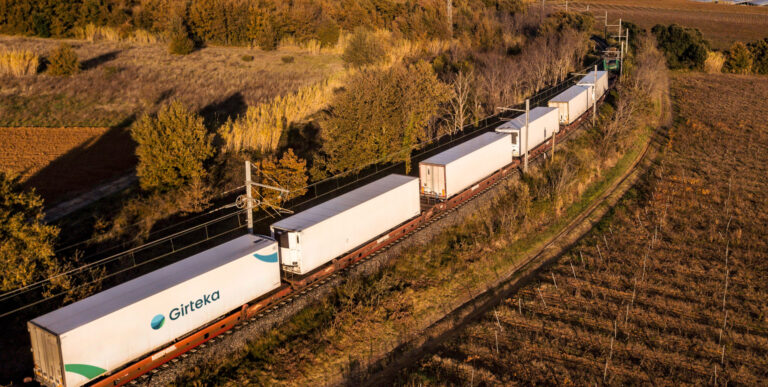There is no secret that the road freight transportation industry has been experiencing a driver shortage. Reasons, over the years, have changed and at the same time, worsened the shortage. The profession has always been difficult, as drivers have to spend long hours working away from home and their loved ones. While improving drivers’ working conditions on the road will not resolve every problem related to the shortage, it will help, as it will make the profession more attractive to the current talent pool and the future one.
A demographic boom
Those, who chose to dedicate their lives to the road, play a vital role in today’s world, delivering goods no matter the weather, the holiday, or any personal events they might miss. Drivers’ critical role was best showcased during the COVID-19 pandemic, which still affects the industry to this day. One of those effects was a drastic increase in the lack of filled positions for drivers throughout the European Union (EU), as drivers chose to retire from the field earlier.
The natural cycle within any industry has always been to replace aging talent with young employees that would go on not only to replace but to also improve industries along their careers. But with a wide discrepancy between the number of older drivers retiring and the number of younger people entering the driver talent pool, the shortage will only continue to worsen.
According to the latest European road freight development benchmark for Q4 2022, published jointly by Transport Intelligence (Ti), Upply, and the International Road Transport Union (IRU), “the shortage of truck drivers in Europe was estimated at 10% of driver positions at the end of 2021, reaching between 380 and 425 thousand unfilled jobs”. And while the demand for truck drivers has continuously grown, the shifting market winds have temporarily eased the situation, as open positions for drivers fell by 4% compared to Q3 2022.
In the grand scheme of things, though, the situation is still not rosy with “the number of truck driver open positions for key European transport countries in December 39% higher versus January 2022”. And rising operating costs, which include wages, continue to put pressure on operators in the road freight transportation industry, especially as inflation continues to bite and consumers are spending less, creating a fragile situation for many companies operating in the industry.
Limited resources to invest in new fleets, better working conditions, and operational efficiencies can ensnare the companies and to a certain extent the whole industry, whereupon it will continue to be difficult to retain talent, forcing the company to make capacity reductions, further limiting revenues, and subsequently, resources to invest in various areas of a road freight transportation company.
The cycle of retirement and new talent coming through is nothing new or unique to the road freight industry. However, “around one-third of the truck driver population will retire by 2026, and the rate of young replacements is 4-7 times less,” continued the rate benchmark for Q4 2022. As such, the industry will have to make changes to attract young people to the profession to not only sustain its long-term growth projections but to also continue maintaining a stable level of capacity offered to customers across the EU.
EU-level changes
One of the first hurdles to clear has been to adopt a more concise and unified regulation regarding truck drivers’ licenses.
The main challenge was a two-fold problem: for one, there was a wide gap between when people would finish school and would begin their training to become truck drivers. Secondly, since the age when people can begin the process of obtaining a license differed between member states, shortages affected some regions disproportionately. For example, in Germany, while typically you have to be 21 years old to obtain a category C license, you can be 18 and participate in certain training programs to drive a truck much sooner, depending on the state of your residence.
However, only a CE license would grant you the ability to drive a normal truck plus trailer combination if you are a German national. The same rules apply in Lithuania, meaning you have to be at least 21 years old to obtain a CE license but if you are a trade/vocational school pupil, you can obtain your license as soon as you are 18. The same requirements are applied elsewhere, such as in France, Belgium, and other countries.
Directive (EU) 2018/645 of the European Parliament (EP) outlines that “the minimum age for categories C and CE is fixed at 21 years”, yet exceptions that were mentioned above but are not limited to apply.
The problem is that if a person, who has just graduated high school, cannot enter the workforce or begin his training as a truck driver immediately thereafter, they will naturally choose another profession or pursue higher education rather than delay his decision for three years. While certain provisions, which allow trade school students to begin training as truck drivers during their high school years, benefit the situation, EU-wide regulations will level the playing field and enable a bloc-wide talent pool to be easing the current situation.
Still, even if the EU will apply the revised Driving License Directive, the shortage is not going to ease in the coming years due to the rightful requirements of truck drivers to obtain their licenses. As such, “the pool of local drivers across the EU may not be enough to fill in the gap, the industry is also asking to create an EU framework for the recognition and exchange of third-country drivers’ professional driving licenses (when employed by road transport companies established in the EU),” read the briefing prepared by the three companies.
And the EU, as well as the stakeholders involved in the industry, have to improve workers’ conditions to retain talent and even attract young people to begin training to eventually get behind the wheel of a truck.
Planning for the future
Looking ahead, the driver shortage will not be the only problem for the road freight transport industry. Decarbonization requirements are imminent and is only a question of time, as the Paris Agreement, a legally binding international treaty addressing climate change, will force the EU, and countries across the globe to reduce their emissions.
At the same time, the EU is seemingly using the transition to a more sustainable road transport as an opportunity to ensure proper infrastructure is put in place for recharging/refuelling as well as making drivers’ life more comfortable. There are several directives and regulations published by the legislators from the bloc.
For example, Regulation (EU) No 1315/2013 has “guidelines for the development of the trans-European transport network stipulates that every 100 km, the core network shall be equipped with parking areas which enable HGV drivers to meet the rest times required by EU law and to benefit from safe and secure parking conditions”. The regulation was updated in 2019 and included the provisions that the network, called the Trans-European Transport Network (TEN-T), would include infrastructure for zero-emission vehicles, including trucks.
Legislators inside the bloc also recognized “that a sufficient number of safe rest areas is important for crime prevention and road safety,” and thus, Directive 2008/96/EC, “also ensures through road safety impact assessments and audits, that when new road sections are built, adequate and safe parking areas are foreseen”.
The fact that the lawmakers recognize there is an EU-wide issue regarding safe and secure parking is only beneficial to the industry. Drivers, knowing that they can safely park their trucks with cargo, will definitely feel more comfortable when working under already stressful conditions, such as difficult weather or heavy traffic. This also means that supply chains become more secure, especially since particular cargos, like pharmaceuticals, have more stringent security requirements.
Industry initiatives
As much as lawmakers’ initiative is a welcome move, the industry itself needs to hasten the processes to ensure that drivers feel comfortable on the road.
Despite a hefty cost, one of the so-called best measures is to have an up-to-date fleet of trucks. The newest trucks have modern technology that improves the safety of the drivers, for example, such innovation as a Mirror Cam greatly improves visibility, allowing drivers to see much more of the road compared to regular mirrors. Emergency braking is another technological example that reduces the chances of a collision, as the system helps to ensure that a truck stops before it hits a sudden obstacle that appears in front of it. There are more examples of how basic things that we might take for granted in passenger vehicles, such as air conditioning, are necessities for truck drivers to feel comfortable while they are on the road.
But having a modern truck fleet available for employees is only the foundation of how to make a driver’s profession more attractive to potential candidates. According to the IRU’s separate report on the issue from November 2021, barring age and cost-related problems to the acquisition of a license, “security particularly for women drivers, is crucial to make the profession more attractive, with 95% of truck drivers and 94% of transport companies putting it as their top priority”. The union pointed out that “only 3% of existing EU truck parking places are certified as secure”, meaning that the industry and lawmakers within the bloc have a long way to go to fix the infrastructure-related problems.
The IRU continued, mentioning the fact that “drivers spend over 50% of their time parked”. As such, “improving the security, comfort, and flexibility of rest areas is necessary to attract new drivers”. The EC aims to grow the network of safe and secure parking areas across the EU, with the goal being to harmonize standards of parking areas and make sure there is a basis upon which IT-related solutions can be integrated into these areas and networks. “Companies are increasingly developing initiatives to improve their driver facilities, providing access to rest spaces, showers, and restrooms,” noted the union.
Furthermore, according to the IRU, smart parking infrastructure is also a solution the industry has been looking at. One of the problems that drivers can face while they are on the road is uncertainty whether they will find a parking space in any area, yet alone a secure one, as there is also a general shortage of parking spaces across the EU. With working hour limits, that can quickly become an issue.
At the end of the day, the whole road freight transport needs to dedicate as much effort as possible to improve workers’ conditions on the road. With the trucking industry playing a key role in the EU’s economy, the interest is also in the hands of the lawmakers, as trucks carry 75% of total freight volume in Europe, per IRU. 85% of perishable products in the continent are also transported by trucks, which is why action is key to ensuring that supply chains, economies, and the bloc’s economic competitiveness stays intact.
